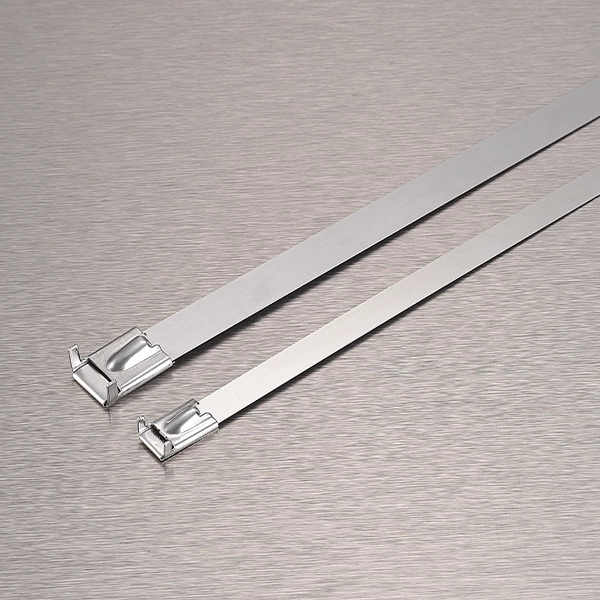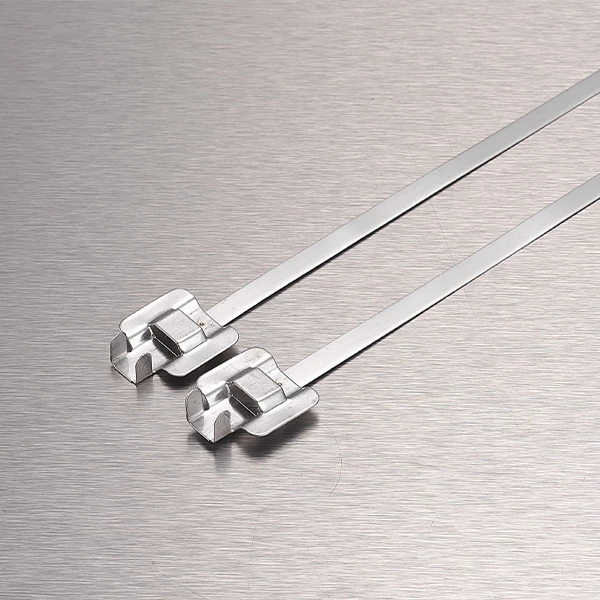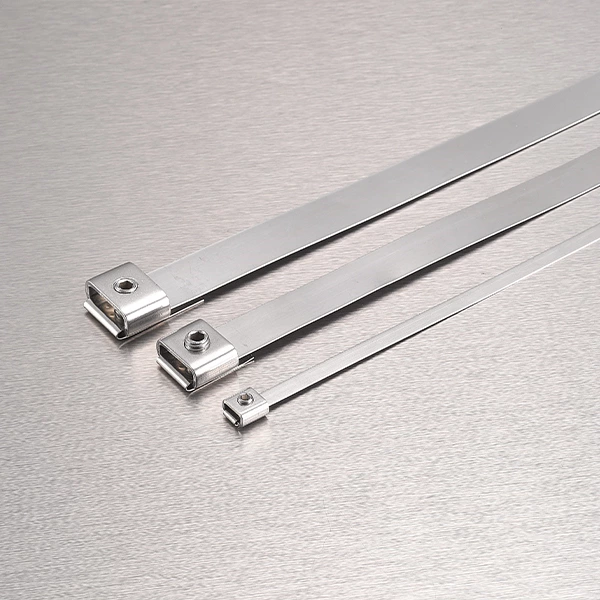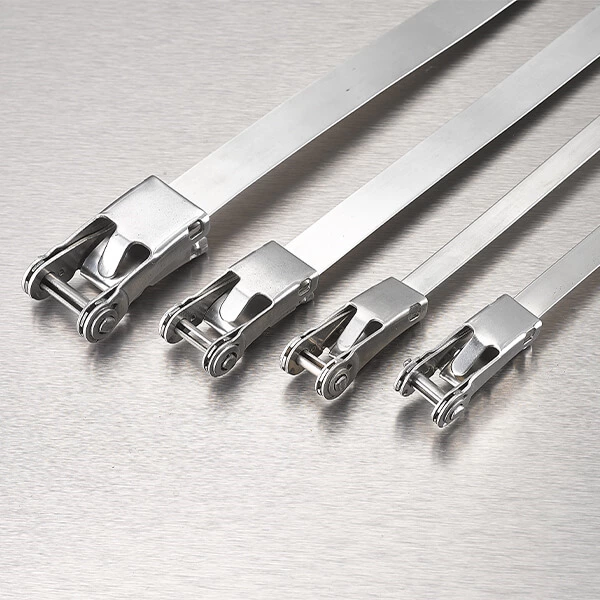How to improve the bundling effect of Stainless Steel Cable Tie? You can use fastening tools! Cable ties are mainly used to bundle and fix cables, pipes, wire harnesses and other items. However, if you want to achieve a better fastening effect, you need to learn to use fastening tools correctly. Here is how to use fastening tools.
Step 1: Preparation
Before using fastening tools, some preparations need to be done to ensure that the work goes smoothly:
Prepare the required materials and tools: In addition to cable ties and fastening tools, you may also need personal protection equipment such as scissors, safety gloves and safety glasses.
Check the cable ties: Make sure that the cable ties are not obviously damaged, deformed or rusted. If damaged, replace them with new ones.
Choose the appropriate cable tie size: Choose the appropriate cable tie size according to the diameter or size of the items to be bundled.
Step 2: Correct insertion
Correct insertion of cable ties is a prerequisite for bundling, which determines the locking position and fixing effect of the cable tie. The following are the steps to correctly insert the tie:
1. Determine the insertion position: Determine the insertion position of the cable tie. Generally, the insertion position should be a certain distance away from one end of the object to be tied to ensure that there is enough length of the cable tie to complete the tie.
2. Insert the cable tie: Insert the locking end of the cable tie into the slot of the cable tie head. Make sure that the cable tie head is fully inserted and the locking end of the cable tie is on one side of the object to be tied.
3. Tighten the cable tie: Gently tighten the stainless steel cable tie to ensure that the stainless steel cable tie tightly surrounds the object to be tied. But be careful not to pull it too tight to avoid damaging the object or cutting the surface of the object.
Step 3: Lock the cable tie with a tightening tool
Locking the cable tie is a key step to ensure a stable tie. A tightening tool is usually a manual or electric tool used to lock the cable tie and cut off the excess. The following are the steps to lock the cable tie with a tightening tool:
1. Insert the tightening tool into the head of the cable tie: Insert the head of the tightening tool into the locking end of the cable tie, making sure that the cutting knife of the tool is on the front of the cable tie.
2. Press hard: Press the tightening tool hard to lock the cable tie. Usually, the tightening tool will press the gear or clamp on the head of the cable tie to ensure that the locking end will not loosen.
3. Cut off the excess part: After locking the cable tie, the tightening tool usually also has a shearing function. Use the cutting blade of the tool to cut off the excess part of the cable tie to ensure that the cable tie is neat.
Step 4: Check and adjust
After the bundling is completed, it is necessary to check the bundling effect to ensure that the stainless steel cable tie is firmly tightened and meets the requirements. Here are some suggestions for inspection and adjustment:
1. Check the locking end: Make sure that the locking end of the cable tie is not loose or slipping. If it is loose, you can re-use the tightening tool to re-lock it.
2. Check the tightness of the bundling: Make sure that the tightness of the cable tie is moderate, not too tight or too loose. Too tight may damage the items, and too loose may cause instability.
3. Check the cut part: Make sure the cut of the excess part is neat and there are no burrs or sharp edges to avoid damage or scratches.
When tying items with stainless steel cable ties, using fastening tools can effectively improve the tying effect, but it requires caution and correct operation. Following the above steps can ensure that the tying is safe, reliable and durable.






